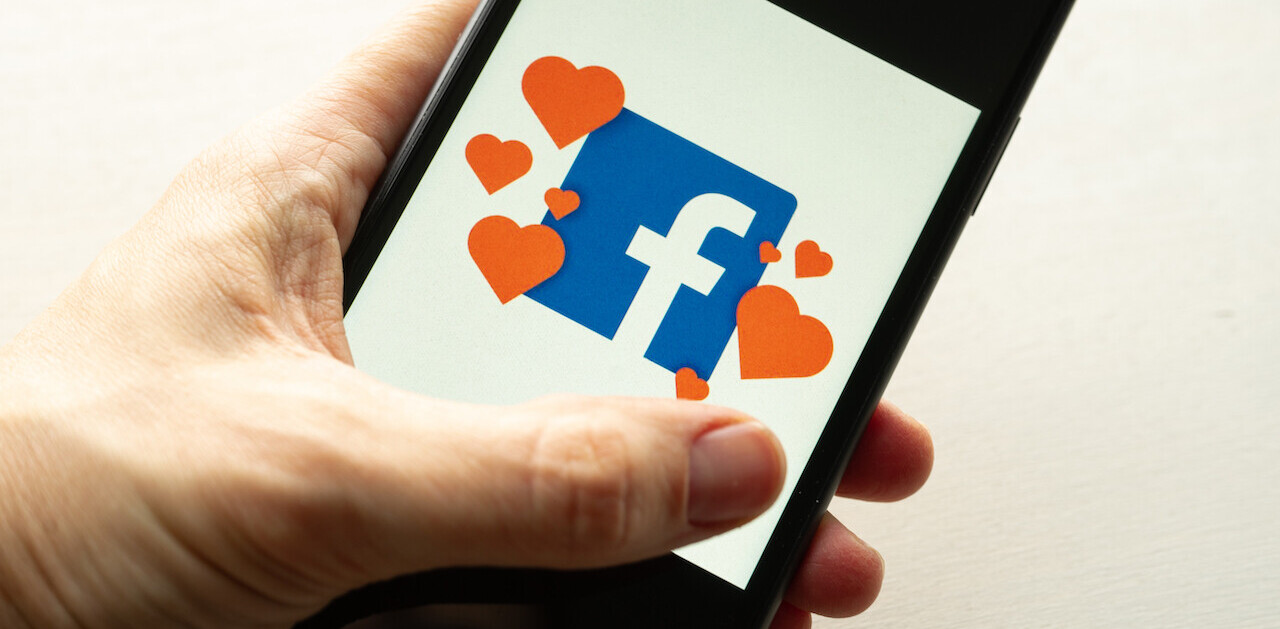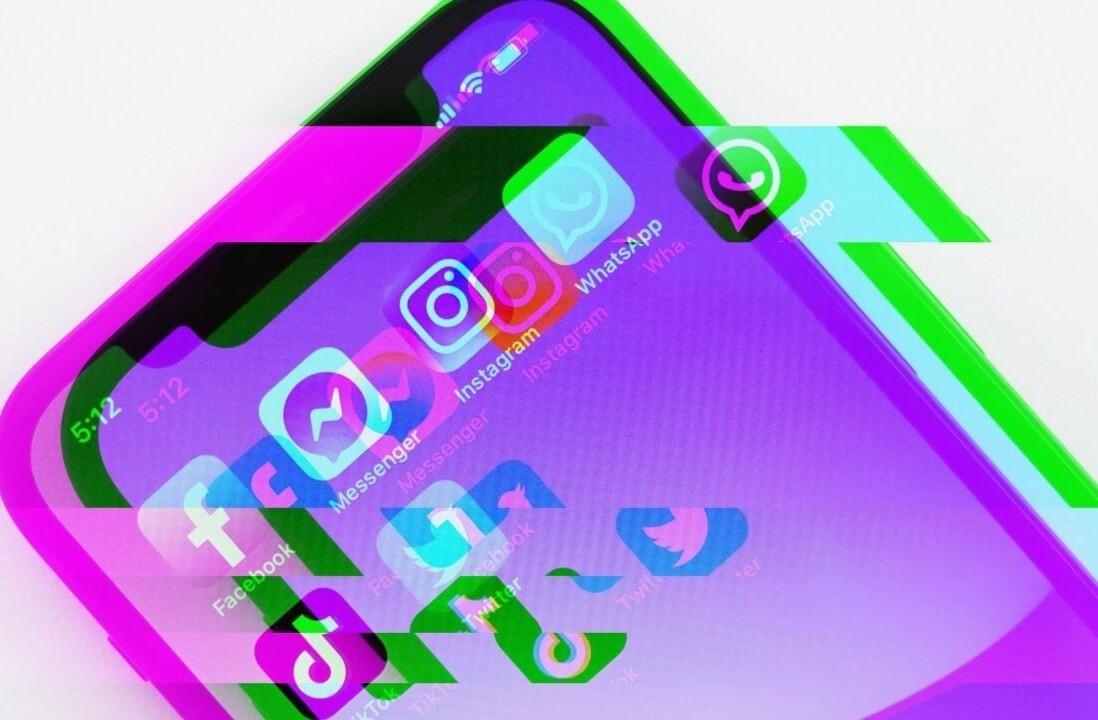
Two guys walk into a bar. Ouch. Insert rimshot and cymbal here. Ok, probably not the funniest thing you’ve heard or seen today, but can you remember what that humorous moment was? I’ll bet you can. Was it a 30 second advertising spot? Was it your favorite morning radio DJ? 4 venture capitalists rapping? Or perhaps a YouTube video illustrating the power of the force?
Either way, by employing humor in their message these advertisers, radio personalities, or car manufacturers not only got their message in front of you, but they presented it in such a way that you remembered it. While the previous examples illustrate messages that have a decent sized budget behind them, clever marketers know that adding a bit of humor to your social media campaigns can make the critical difference between yawn and yahoo!
Why Humor?
To effectively use a good chuckle in your social media messaging, it’s important to first understand why humor can go such a long way. Depending on which theorist you subscribe to there are anywhere between 2 and 10 primary human emotions. However, a 1993 Journal of Marketing study revealed that,
“Humor is more likely to enhance recall, evaluation, and purchase intention when the humorous message coincides with ad objectives, is well-integrated with those objectives, and is viewed as appropriate for the product category. Under such circumstances, humorous advertising is more likely to secure audience attention, increase memorability, overcome sales resistance, and enhance message persuasiveness.”
Any of these sounding exactly like your social media objectives?
A lil’ dash’ll do ya
Using humor in your social media channels can be a highly effective way to convey your message, but it shouldn’t be the only way you convey your message. I like to think of humor in social media as the special sauce. Meaning, not every hamburger you eat has a special sauce on it, but when you’re greeted with that zestful taste it’s either a pleasant or unpleasant experience, depending on your propensity towards special sauce.
 The same is true for humor in your messaging. Your core messages should focus around customer interaction, building relationships and trusts, etc., i.e. the paddy and the buns. A fan of special sauce or not, eating the same burger day in, day out, will eventually start to taste the same. But by throwing some special sauce on that burger, you’ve made my interaction with your brand zestful, new and exciting.
The same is true for humor in your messaging. Your core messages should focus around customer interaction, building relationships and trusts, etc., i.e. the paddy and the buns. A fan of special sauce or not, eating the same burger day in, day out, will eventually start to taste the same. But by throwing some special sauce on that burger, you’ve made my interaction with your brand zestful, new and exciting.
However, special sauce is exactly that; special. Using humor in your social media channels should be treated the same way. If you’re using special sauce everyday, it no longer retains it’s special status, and simply becomes sauce.
Funny like ha, ha?
As subjective as it is, humor can take on many different forms, and those that have truly mastered it, are gainfully employed in Hollywood. So, what do the rest of us do? Here are a few points to get you headed in the right direction.
- Observe. This is a standard page from a comedian’s repertoire. Steven Colbert, George Carlin, even Mark Twain are/were all masters of this. By taking everyday events, and adding their own brand of WTF? to it, they create messages that are both loaded with opinion, and memorable. Is there an everyday problem that your product or service addresses? Has this issue appeared recently in the media? Carpe Diem!
- Parody. Another page from the comedic handbook, but this time, it’s time to turn the mirror inward. Whether you’re selling tacos from a food truck, or $20 million technology solutions, there’s got to be something that you can poke a bit of fun at yourself for. The parody might be one of the hardest to pitch to the boardroom (see below), but it can also be one of the most memorable. A few years back, Cisco absolutely nailed this format with a clever Valentines Day gift video that not only tickled the funny bone, but also banked off the love emotion in a tongue in cheek manner.
- Forget everything. What was the last good joke you heard? Did it involve a detailed rundown of what suit one of the men walking into that bar was wearing? Or where you could get the very same merino wool option? Of course not. The same is true for your humor. Don’t try to pack too much product information in there. The minute your audience detects just a smidgen of over self promotion – click, bang, they’re gone.
- Test it. Many years ago I learned a great expression that’s served me well, “You can’t please all the people, all the time.” While this has a myriad of applications, it holds particularly true in comedy. Remember, humor, as with most human emotions, is highly subjective. What’s drop dead hysterical to you might cause another to yawn. Before setting out to shake things up with what you believe to be funny, try running it by a few folks both in, and outside of your office environment. If Ted from Finance, and your local barkeep crack a smile…you’re onto something.
- Look outside. Hey, there’s no shame in looking for outside help, especially when it comes to a highly subjective area. If you’re going the video route with your humor, who say’s that you’ve got to execute the next Home Alone, alone? Try giving the local university a call and ask to speak to someone in the film department. Any department worth it’s salt will surely have a graduating senior that’s got a sharp eye and mind for what’s funny, and chances are, they’re looking to build their resume and reel. Likewise, for the written route, seek out an improv comedy troupe, and see who commands the audience the best.
- Please note: seek out improv comedy, and not stand up comedy. Improv comedians and actors are more likely to understand the development of what is funny through characters and situations, whereas stand up comedians often times go for the joke of the moment.
Selling it home
As noted, using humor in your social media messaging can be risky. You’re never going to hit the “Chuckle Spot” with each and every viewer/reader, but if you can win over the majority, then your efforts have been a success. But how do you win over the entire marketing team on your, “Hey what if we put a kid in a Darth Vader costume, and have him try to use the force to unlock our new Passat?” idea?
The answer lies in The Portfolio.
 Without getting into far too much financial jargon, you should be managing your social media channels just like a financial portfolio. There should be a lion’s share of “safe” investments, an appropriate percentage of “moderate” investments, and then a slice of pie devoted to “high risk”. Humor in your social media channels generally falls into the “high risk” category. High risk can mean one of two things: Epic Fail, or Major Win. As long as both your team members, as well as the higher ups understand that with any good portfolio, risks can me taken, so long as they’re complimented with a majority of safe activities (see the hamburger example above).
Without getting into far too much financial jargon, you should be managing your social media channels just like a financial portfolio. There should be a lion’s share of “safe” investments, an appropriate percentage of “moderate” investments, and then a slice of pie devoted to “high risk”. Humor in your social media channels generally falls into the “high risk” category. High risk can mean one of two things: Epic Fail, or Major Win. As long as both your team members, as well as the higher ups understand that with any good portfolio, risks can me taken, so long as they’re complimented with a majority of safe activities (see the hamburger example above).
It’s important to preface any risks with a plan of action concerning both outcomes. If your attempt at humor backfires, and the community lets you know about it, do you have a plan in place to make amends? Conversely, if your humor hits the right chord, are you prepared to amplify the message to maximize the return?
When employing humor in your messaging, just like the message itself, don’t expect 100% buy-in from all team or boardroom members. They might not be comfortable with presenting their “serious business” in a comedic manner. And that’s completely fine, that’s what makes the world go round. However, if you’re going to go out on a limb, and take team members with you, be prepared to measure, measure, measure, and report back. Shares, likes, inbound traffic (you do have a leads capture landing page set up supporting your ad, right?), media coverage, brand lift, etc…all things to duly consider and implement before diving into the humorous end of the pool.
Whether you’re representing a Fortune 500 or a Fortune 500,000, humor is truly one of the most effective ways of leveling the monetary playing field. Consumers aren’t concerned with just how big the budget was to execute what just made them laugh, only that they laughed. And once you’ve put a smile on their face, you’re far more, “likely to secure audience attention, increase memorability, overcome sales resistance, and enhance message persuasiveness.”
Get the TNW newsletter
Get the most important tech news in your inbox each week.




